Last updated on April 29th, 2025 at 10:49 am
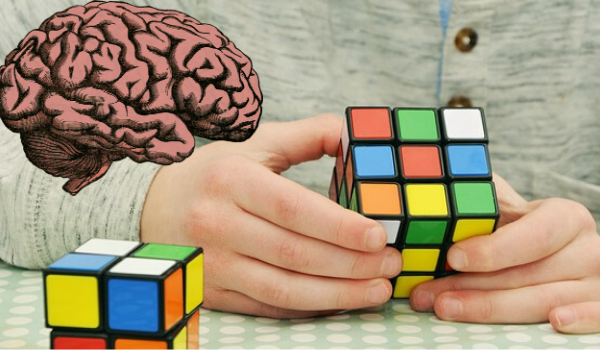
The person suffering from hemiplegia or other paralytic has new hope. Japanese researchers have found a way to regain movement in paralyzed hands in a minute.
The recent research group led by Yukio Nishimura, the project leader of the Neural Prosthesis Project, Tokyo Metropolitan Institute of Medical Science, was published online on journal Nature Communications. Research demonstrates that monkeys with subcortical stroke were able to learn to use an artificial cortico-muscular connection (ACMC), which helps to bring hand movement.
Let’s have some brief of this research. If you would rather like to read full detail, please visit the link given at the end of the article.
Hand movement in hemiplegics
Hemiplegia (paralysis) after stroke is the most common reason for long-term motor disability. If you are new to it, let me brief it that in hemiplegia one side of the body is paralyzed.
It affects one side hand and leg and the person has difficulty walking and using the affected hand. Even if they walk, the walk in a typical abnormal gait pattern known as hemiplegic gait or circumduction gait.
Presently the only effective way to manage is physiotherapy and occupational therapy which include the use of hand splint. Though in some cases one may regain hand movement, up to 30% of stroke survivors must depend on assistance to manage their daily living activities.
The recent study talks of artificial cortico-muscular connection (ACMC) that artificially connects the part of a healthy brain to muscles of the hand to make it functional. It’s kind of bypassing stroke damaged neural pathways.
To understand the whole research methodology, we first need to brush up the motor neuron pathway.
Motor neuron pathway
We all know that each and every movement of our body and body parts is controlled by the brain. by a neural pathway is known as a tor neuron pathway. Now, look at the figure below.

The red pathway is motor pathways that produce movement and red pathways are sensory pathways that are responsible for sensation.
Whenever we try to move our limb or hand electrical signal is generated from the concerned part of brain. This electrical signal travels down the motor pathway to muscle where it results in muscle contraction. Muscle contraction, in turn, results in movement.
Research methodology
Researchers made a study on three macaque monkeys and they all were induced surgical stroke and hemiparalysis. The monkeys displayed severe paresis of wrist and finger movements, which were not functional in daily life.
The scientist then established an artificial cortico-muscular connection (ACMC), accomplished using a brain-computer interface.
For ACMC, researchers surgically implanted numbers of metallic electrodes inside the brain on preserved cortical areas beyond the damaged site of the monkey. They also surgically implanted electrodes in the muscle of arm, forearm, wrist, and fingers.
The electrodes implanted on the brain were connected to electrodes on muscles via the wires were subcutaneously to establish an artificial connection between the brain and muscles of the hand. These wires represent the motor neuron pathways that we discussed above.
After this monkeys were given a few previously trained tasks to complete and the result was shocking.
Interestingly another recent research invents robots that can train sitting balance to spinal cord injury paralysis.
Result
The result demonstrated that the monkeys that experienced a subcortical stroke could rapidly learn to regain lost volitional control of a paralyzed hand.
They could easily perform the previously trained task after the implementation of ACMC.
Conclusion
Patients who suffer a stroke or spinal cord injury, where a limb is paralyzed but intact, have an intense desire to regain function of the impaired limb. Bypassing the damaged pathway using brain-controlled functional electrical stimulation (FES) to regain volitional control of the paralyzed limb is promising for restoring lost motor function.
Keep Reading: 3D print tech saves girls leg being cut for tumor surgery
Resource journal:
Kato, K., Sawada, M. & Nishimura, Y. Bypassing stroke-damaged neural pathways via a neural interface induces targeted cortical adaptation. Nat Commun10, 4699 (2019) doi:10.1038/s41467-019-12647-y
The author is a physiotherapist who has been practising for the last 17 years. He holds a Bachelor's in Physiotherapy (BPT) from SVNIRTAR (Swami Vivekananda National Institute of Rehabilitation and Research), one of the prestigious physiotherapy schools in India.
Whatever he learns dealing with his patient, he shares it with the world through blogs and e-books. He also owns a YouTube channel, "Sunit Physiotherapist" with over 8 lakh active subscribers. Here, he shares everything he gets to learn serving the patient.
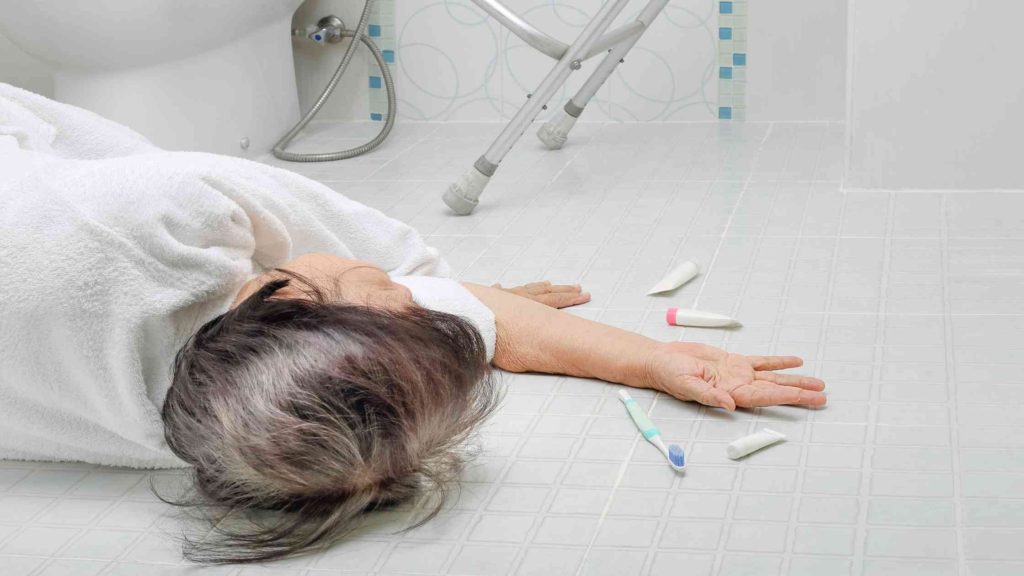

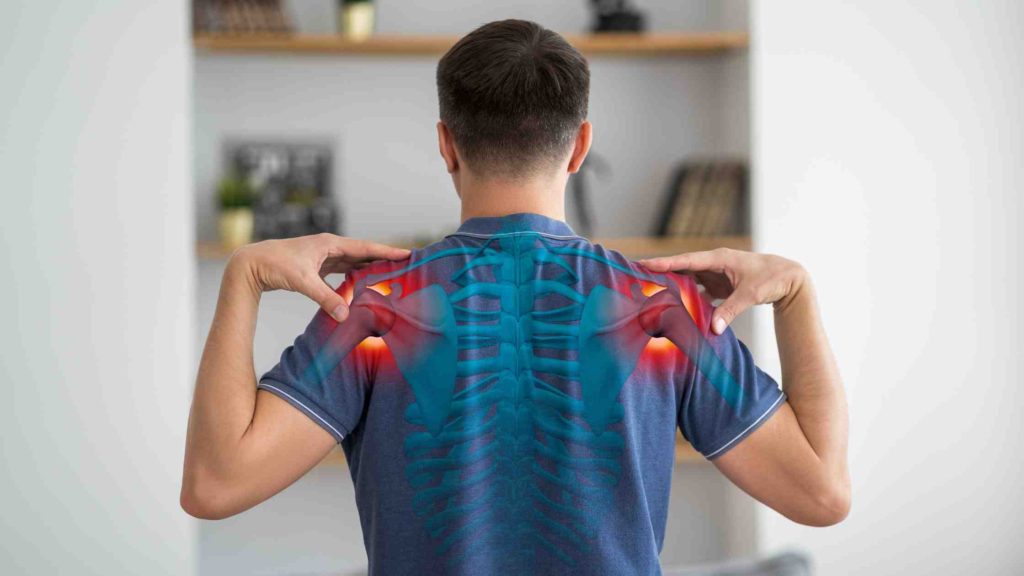
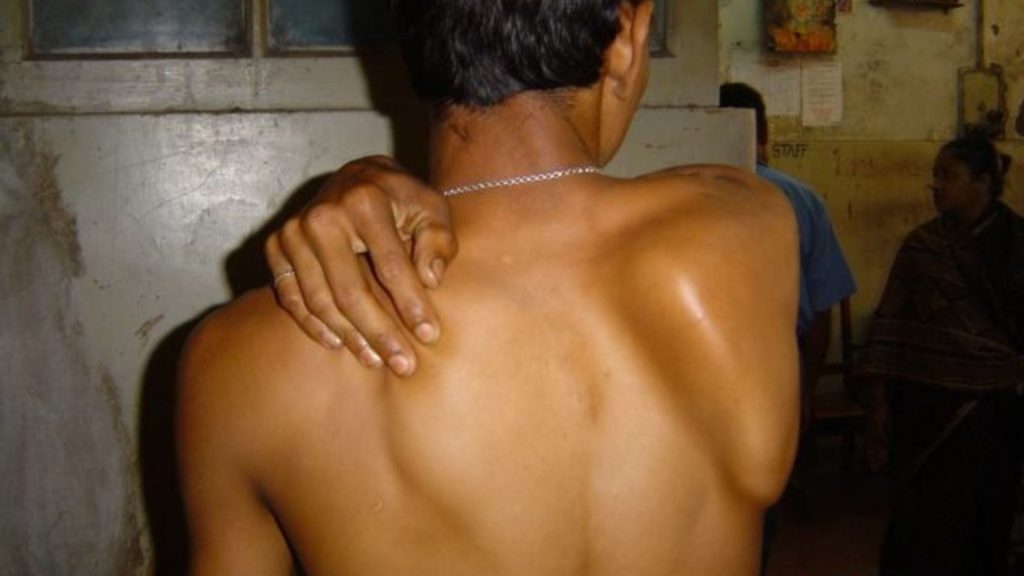
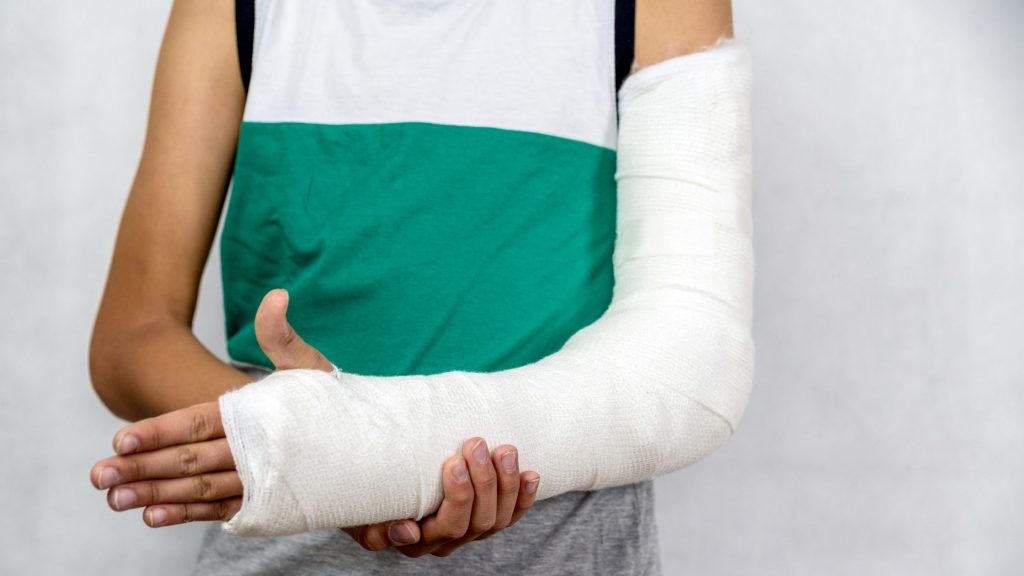
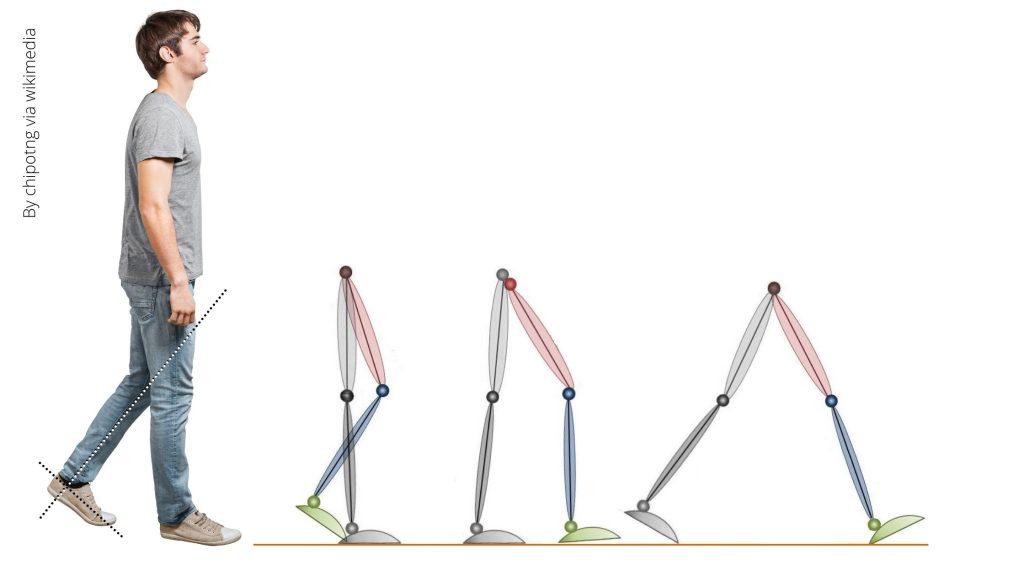
I am suffering from brain stroke effect on my left side of body from Jan 2020, at the age of 30 years, I have read this article on artificial cortico-muscular connection (ACMC),
But unfortunately the whole thing is depend upon the expences Sir, please provide some more detail about expences for this treatment and from where I can get this treatment.
Please reply sir, i t will a great help for me.